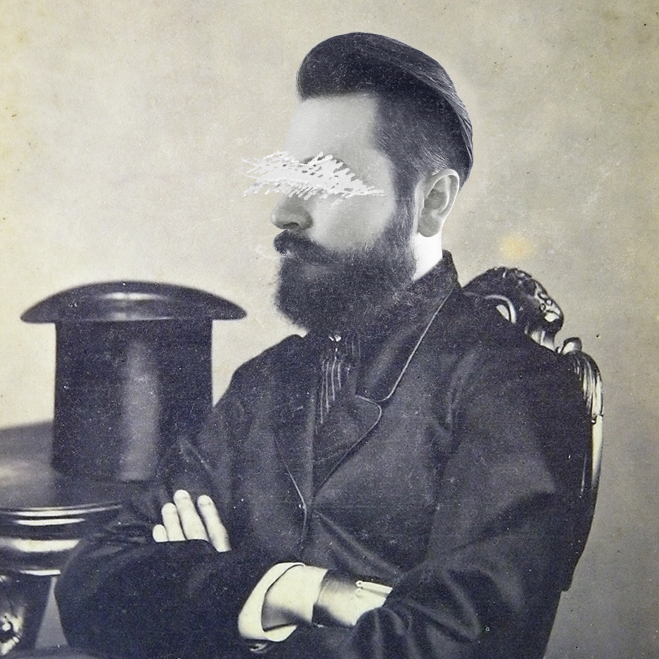Do you find yourself pressed for time when planning out your next TTRPG session? Are you always coming up with cool ideas but they don’t really apply to the game you’re currently playing? Maybe you generate a ton of ideas, but life interrupts and they slip away from you. Or perhaps you’re having some trouble coming up with original concepts for your ongoing game. If you can relate to any of these problems, I’ve got a great solution! Below is my process for generating, organizing, and curating ideas for TTRPG sessions and projects, which I like to call an idea vault.
What Is An Idea Vault?
The idea vault is a concept I utilize a lot in my tabletop planning and creation. It’s exactly what it sounds like, a place to store and organize the ideas that you come up with for your tabletop games. It’s basically a library of your thoughts that might not be immediately useful to you, but you feel are important enough to save for later use. When I dream up new ideas I like to sock them away like a squirrel collecting nuts for winter. I’m not sure when I’ll need them, but I know that they exist and can be easily accessed and pulled from in times of need. An idea vault is a lifesaver as a GM and TTRPG creator.
Choosing Your Vault
I don’t know about you, but inspiration and ideas come to me like a shotgun blast. They are usually disjointed and have nothing to do with any games I’m currently running. However, the moment an idea comes to me, I write it down for later use. Because of the nature of ideas, it’s best to choose an idea vault that can be accessed anytime, anywhere. Google Docs is a great application for an idea vault because it is portable, free, and you can add ideas to your vault instantly. You can also use a notebook, binder, or other handwritten solutions. But, I prefer being able to cut and paste for easier organization.
How To Organize Your Ideas
At first, your idea vault will look like a messy collection of very random thoughts. Though, once you have enough ideas you can begin to group them into similar categories. You can put them under their own headlines, tabs, or even separate documents. Examples of your categories could be things like “Western Setting”, “One Shot Premises”, “Villain Concepts”, etc. You could even organize them by project, plot points, key words, or any other organizational structure that helps you locate an idea efficiently. This is especially helpful for GMs that are running multiple campaigns or just have a ton of random ideas.
How To Generate Ideas For Your Vault
Coming up with exciting ideas is one of the biggest challenges a game master faces. A trick I use to generate ideas is to enjoy non-tabletop related media or pastimes. Watch a couple episodes of your favorite show and write down the plot points you liked. Check out a movie in a genre that you wouldn’t normally choose to get a fresh perspective. Listen to an audio book and study how an interesting character is described. Play a video game and try to write out a description of your favorite visuals. Find new music on Spotify and write down scenes that would fit certain songs perfectly. Inspiration is everywhere if you’re looking!
Focus On The Concepts, Not The Specifics
When absorbing outside stories, characters, or concepts try to ignore the specifics. After all, you’ll need to adapt the concepts around your own stories. The intention is to use these ideas as inspiration rather than duplication. When writing the ideas in your vault, don’t use character names or even reference where you pulled the idea from. Break the idea down to its most basic form so it can be tailored to suit your game later. This allows you to pull the purest storytelling elements, plot structures, visual descriptions, or character traits without players at your table asking, “Wait… isn’t this from that anime we watched together?”
Using Your Bank Of Ideas
With all your ideas in one place, you can pull from your vault based on your needs. Because your ideas have been simplified, it’ll be easier to apply them to an array of different situations. And because your ideas are organized, it’ll be simple to find what you’re looking for when you need it. When you’re crafting a new campaign or having trouble brainstorming for your next session, you have an excellent resource to help you. If you’re stumped while working on your TTRPG project, the solution could just be a quick skim away. Though it requires a bit of time and maintenance, an idea vault is an excellent remedy for writer’s block.
A Living Document
Your idea vault is a “living document” that will be constantly changing. Essentially, you’ll always be adding and using ideas, so it is never really a finished document. The best part is that once you’ve organized ideas in your vault, you can forget about them until you need them. Since they exist in a safe place, you don’t need to dwell on them or spend your energy remembering them. When you make a withdrawal from the idea vault, make sure to make a note that the idea has been used. This could be a different color, a note next to the idea, etc. You could even have a separate heading or document for used ideas so that you don’t accidentally repeat them.
Put Things In A Mental Blender
My final tip on using your idea vault is this: Consider blending two or more ideas together to make them more interesting or unique. This is an especially good solution for unused ideas that have been in your vault for a long time. Two conflicting ideas? Try blending them together. An evil plot from a sinister monster? Make the monster a sweet little old lady instead. A party scene with opulent nobles letting loose? Move it from the palace to a seedy warehouse in the slums. Sometimes ideas become more interesting when delivered in unexpected ways. You’d be surprised at the great tabletop moments you can create!
Have fun creating an idea vault of your own! Until next time, stay creepy and happy gaming.

